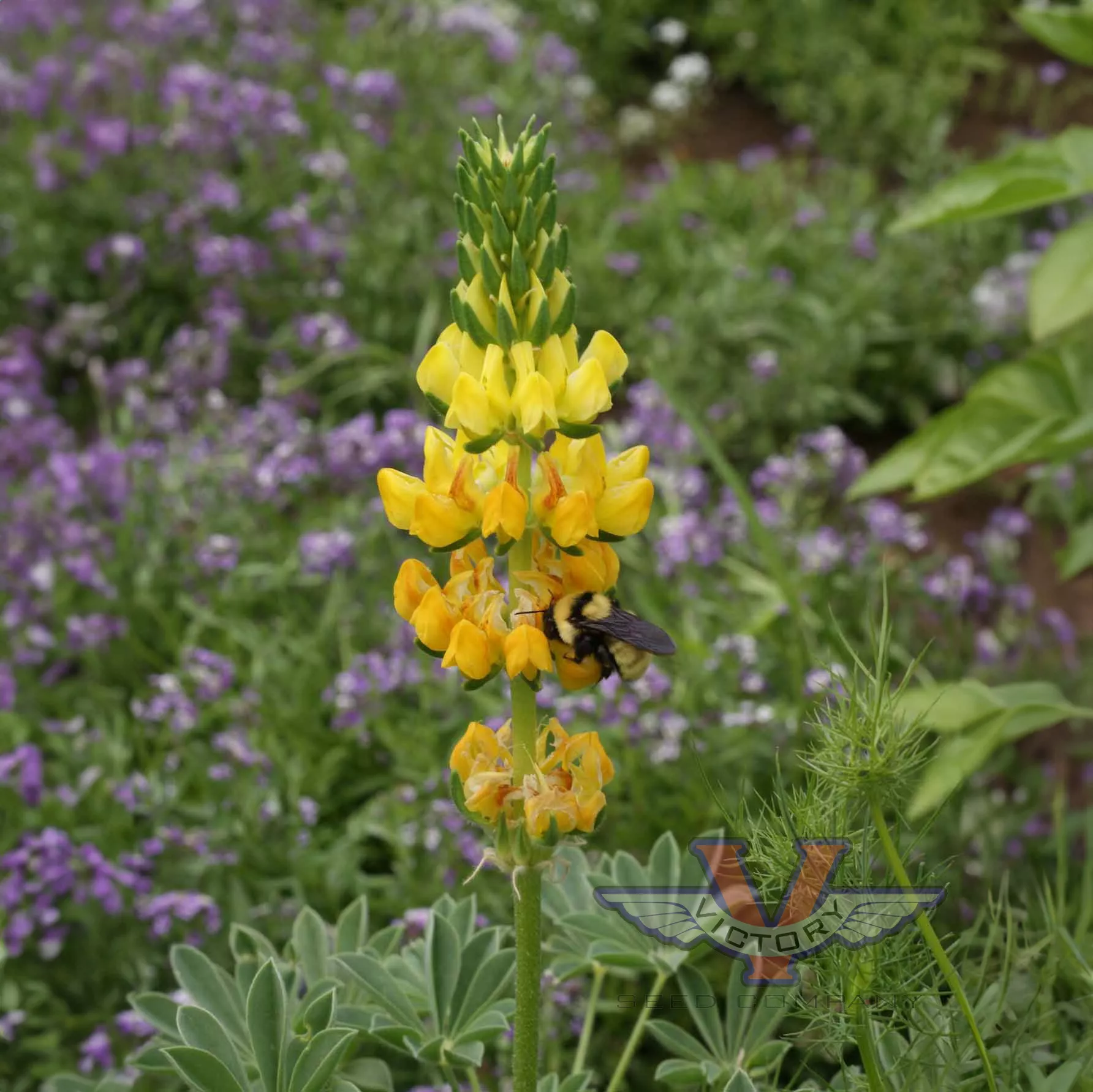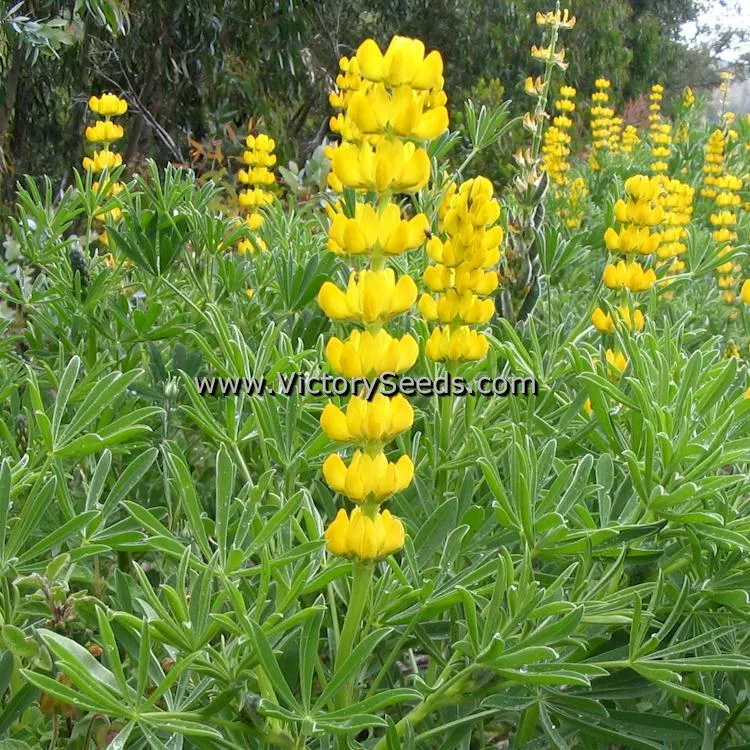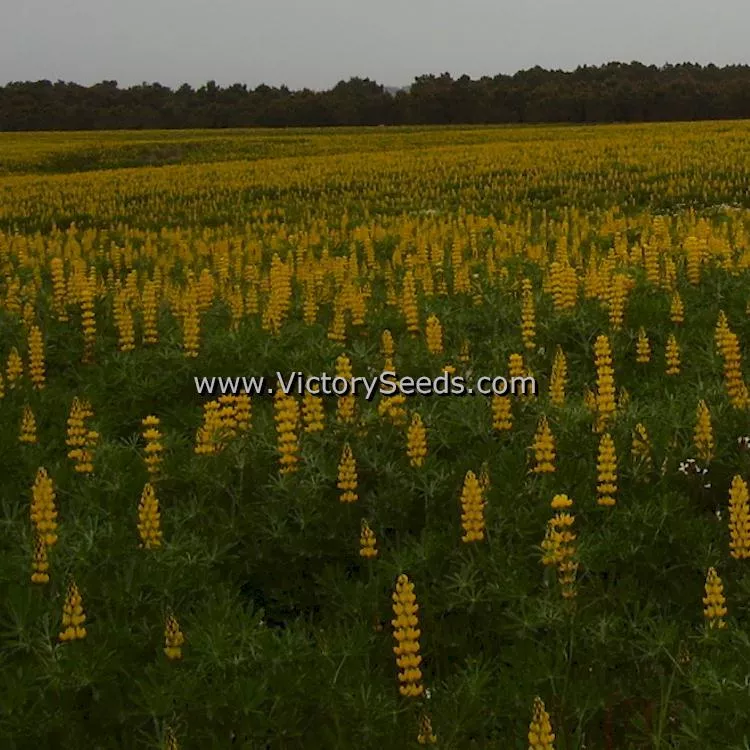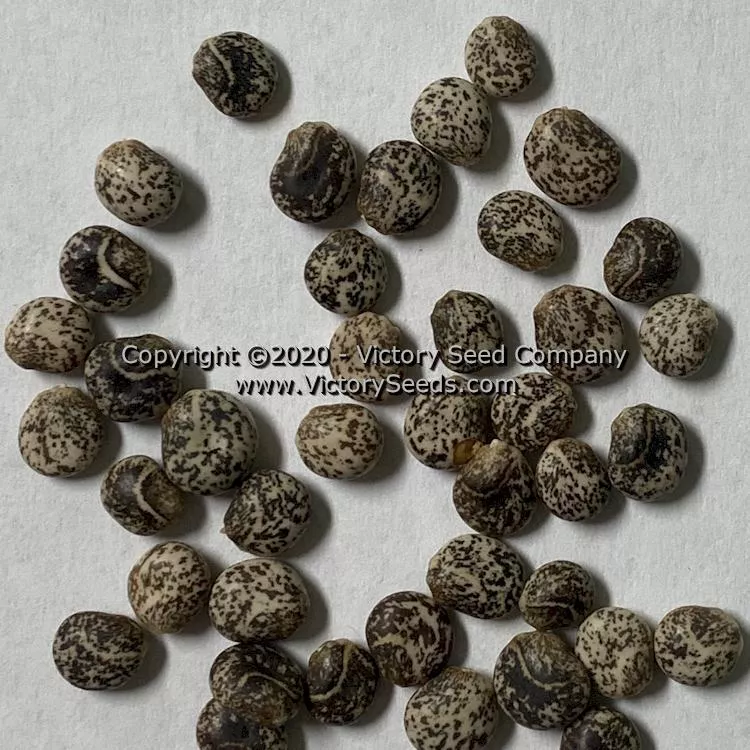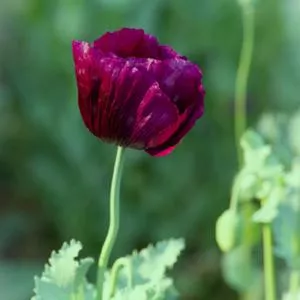




Yellow Lupine
Lupinus luteus
Price: $3.45
SKU: 1002121Choose a variant:
'Yellow Lupine', also known as 'Annual Yellow Lupine' and 'European Yellow Lupine', is a native to the Mediterranean region of Southern Europe and commonly found growing on mild sandy and volcanic soils. As a wildflower, it is widespread throughout the coastal areas of the western part of the Iberian Peninsula, Morocco, Tunisia, and Algeria, on the islands of Corsica, Sardinia and Sicily, and in Southern Italy.[1] In other parts of the world where it was cultivated, it has become naturalized.
The plants grow to a height of up to thirty inches, a foot in diameter, have strong taproots, and densely hairy stalks. The leaves are compound and palmate with nine to eleven leaflets each. It flowers in whorls around a spike-like stalk, typically from June to July with its seed pods ripening from August to September.
'Yellow Lupine' requires sunny locations to thrive, prefers moist, well-drained soils, but as a nitrogen-fixing legume, it can tolerate nutritionally poor locations.
It is a nice choice to be grown as an ornamental annual flower, it is attractive to bees and other pollinating insects. Since it does fix nitrogen, it is used as a cover crop to improve the fertility of poor soil. On a larger scale, 'Yellow Lupine' is used in land reclamation work.
The plants grow to a height of up to thirty inches, a foot in diameter, have strong taproots, and densely hairy stalks. The leaves are compound and palmate with nine to eleven leaflets each. It flowers in whorls around a spike-like stalk, typically from June to July with its seed pods ripening from August to September.
'Yellow Lupine' requires sunny locations to thrive, prefers moist, well-drained soils, but as a nitrogen-fixing legume, it can tolerate nutritionally poor locations.
It is a nice choice to be grown as an ornamental annual flower, it is attractive to bees and other pollinating insects. Since it does fix nitrogen, it is used as a cover crop to improve the fertility of poor soil. On a larger scale, 'Yellow Lupine' is used in land reclamation work.
Genetic Classification: Open Pollinated
Informational Resources:
- "Intraspecific Diversity of Lupins," Boguslav S. Kurlovich, August 4, 2006.
- "The PLANTS Database: Profile for Lupinus luteus (European yellow lupine)," USDA, NRCS, National Plant Data Team, Greensboro, North Carolina, 2000.
Customer Reviews:
Do you have experience with this one? 📝 📣 Write a review!
No reviews have been posted yet.

